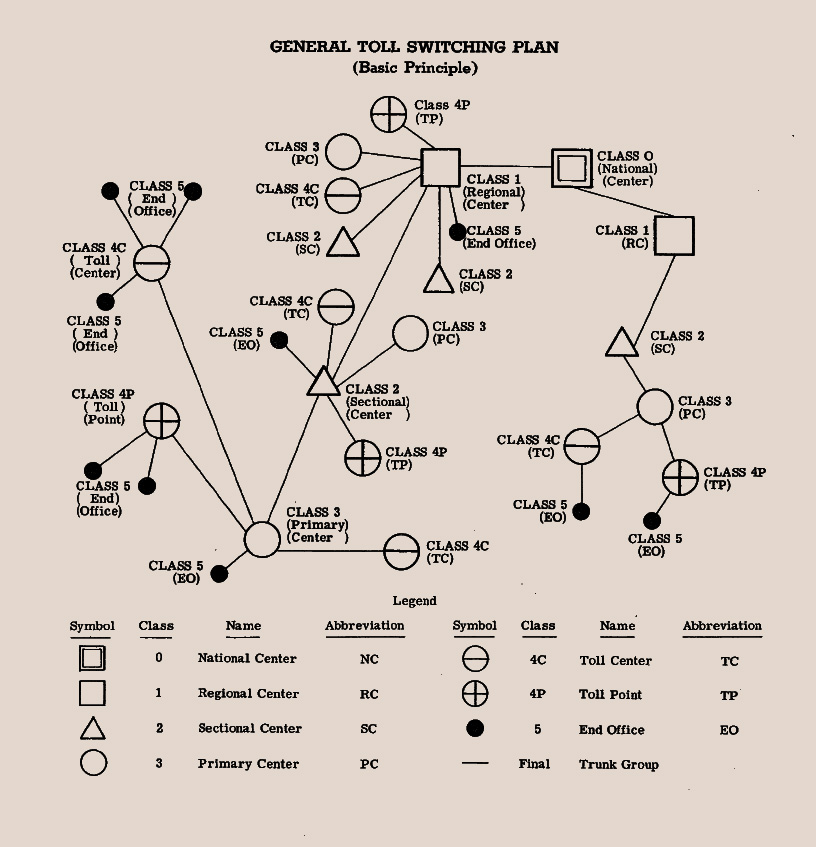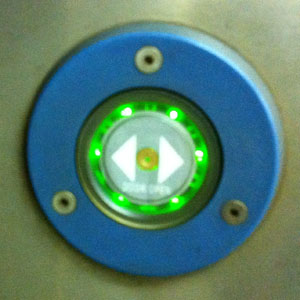These journeys will transport you through both space and time. In the 1970’s, the North American telephone network began transitioning from electromechanical switching equipment to electronic (and ultimately digital) technologies. The new systems brought dramatic advancements in speed and capacity, which eventually resulted in less expensive long distance calls, however the electromechanical systems created an incredibly rich soundscape which is now gone forever.
Today, every phone call sounds exactly alike; dialtone, ringing, busy signals, and recordings are standardized to sound the same everywhere. Back in the day, everything sounded completely different; the call progress tones, recorded announcements, and even the background noises were unique to each individual central office building in every different city or neighborhood they served.
The Virtual Phone Trips on ElmerCat.org were made by sampling actual Phone Trip recordings made in the 1970’s by Evan Doorbell. His library of telephone sounds at PhoneTrips.com contains hours and hours of recordings he made of the old electromechanical network. I’m only presenting excerpts here; if you find them interesting, I encourage you to visit Evan’s site and listen to his phabulous narration explaining how the network worked.
Class 1 – Regional Offices
- Regional Center
- Sectional Center
- Primary Center
- Toll Center
- End Office
At the bottom of the hierarchy were thousands of Class 5 End Offices; the local telephone exchanges that actually gave you dial tone and rang when you dialed a number. There were hundreds of Class 4 Toll Centers, and dozens of Class 3 and 2 Primary and Sectional Centers. This network topology made it possible for every Class 5 office to reach any other Class 5 office by traversing up and/or down the chain.

The above diagram from 1955 shows a Class 0 National Office (St. Louis, Missouri). By the 1970’s it had been changed to just another Class 1 office, and every Class 1 office had direct connections to all the other Class 1 offices. In reality though, only a small percentage of long distance calls actually needed to go through the Regional Centers because there were separate connections (high usage trunk groups) between other places that made frequent calls to one another. These are shown as dotted lines on the diagram below:


